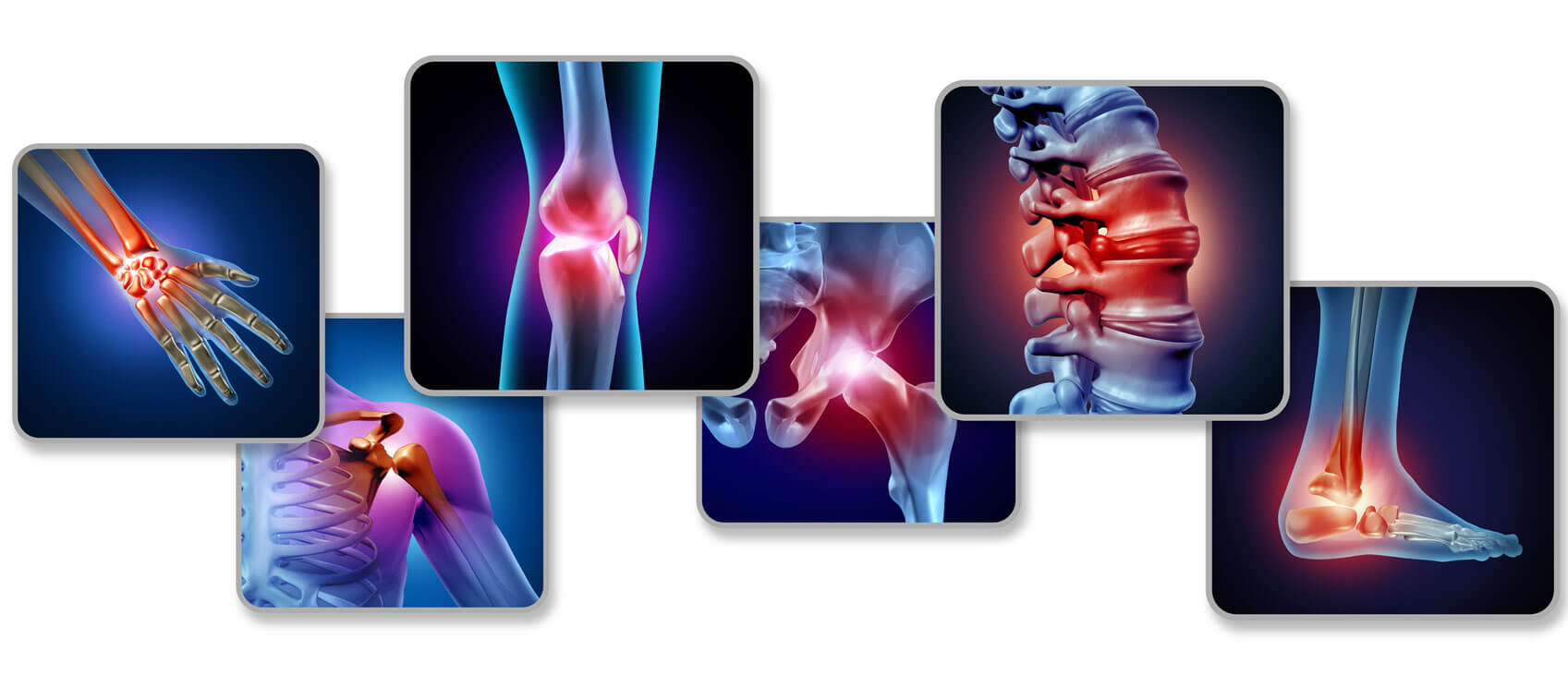
One of the most common signs of getting older tends to be an increase in pain and stiffness, particularly in the joints.
When we’re younger, pain and stiffness isn’t unusual, but it generally occurs as a result of intense activity or participation in high-impact exercises like running. Additionally, the discomfort subsides rather quickly, with a little rest and recuperation.
But as we age, it’s often a different story.
If you have aches, pain, and stiffness regularly—particularly if it occurs at a specific joint—you are most likely starting to experience the effects of joint cartilage degeneration, a form of arthritis.
Age takes its toll on all body tissues, including cartilage, which is a type of connective tissue found throughout the body.
Arthritis, and the accompanying pain and stiffness, very often leads to a loss of mobility and the inability to participate in activities you enjoy. If you understand the 3 types of cartilage and the necessary steps needed to preserve and nourish them, you greatly increase your chances of living with far less aches and pains, while retaining your mobility and independence for as long as possible.
What Are the 3 Types of Cartilage?
Although there are areas of overlap, the 3 types of cartilage in the human body are:
- Elastic cartilage
- Fibrous cartilage
- Hyaline cartilage
These 3 types of cartilage contain mostly the same compounds, such as type II collagen—a protein that helps “hold the body together” by providing structural support. But variations in the structure of each type of cartilage give them different characteristics.
Elastic Cartilage
Elastic cartilage contains more of the protein elastin, which makes it “springy” and gives it greater flexibility for repeated bending. You’ll find elastic cartilage in places like:
- The outer ear,
- The larynx or voice box, and
- The epiglottis, the movable flap that keeps food from entering the windpipe when swallowing.
Each of these structures needs the ability to bend, yet return to their original shape.
Fibrous Cartilage
Like all cartilage, fibrous cartilage contains type II collagen. However, fibrous is the only one of the 3 types of cartilage that also contains type I collagen, which is the form of collagen found primarily in bones, skin, tendons, and ligaments.
Not only does fibrous cartilage contain more collagen, it also contains more fibrous tissue.
Fibrous cartilage is found in:
- The intervertebral discs (the cartilage cushions between each vertebral in the spine),
- The capsules that surround joints, such as the joint where the pelvic bones meet in front (the pubic symphysis),
- The meniscus (the C-shaped piece of tough, rubbery cartilage that acts as a shock absorber in the knee joint), and
- The temporomandibular joint (TMJ) or jaw joint.
The toughness, flexibility, and extra fibers of fibrous cartilage makes it ideal for certain attachment points of ligaments and tendons. Ligaments are the fibrous connective tissue that attaches bone to bone. Tendons attach muscles and other structures like the eyeballs to bones. You’ll often find fibrous cartilage in these areas of transition between the next type of cartilage, hyaline cartilage, and ligaments and tendons.
Hyaline Cartilage
The third and most widespread type of cartilage is hyaline.
Bones develop from hyaline cartilage. The supporting skeleton of a fetus is actually hyaline cartilage that later becomes ossified into bone. This ossification process ends at puberty as the cartilage turns to bone, with the exception the joints.
Hyaline cartilage can also be found in:
- The nose,
- Parts of the ear,
- The rings in the trachea and smaller respiratory tubes, and
- At the tips of the ribs where they attach to the spine and sternum.
Additionally, hyaline cartilage makes up what is called articular cartilage. It is primary form of cartilage that makes up articular joint surfaces.
Cartilage Is Unique
All cartilage is unique in that it doesn’t have a blood supply, nerve connections, or connections to the lymphatic system like other structures in the body. This lack of blood and lymph supply makes the growth and healing of cartilage slow and challenging.
But, with proper range of motion exercises, nutrition, and supplementation, you can support the health of your cartilage and slow its decline as you age.


